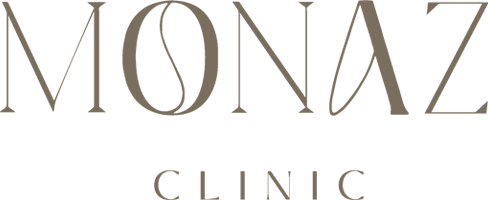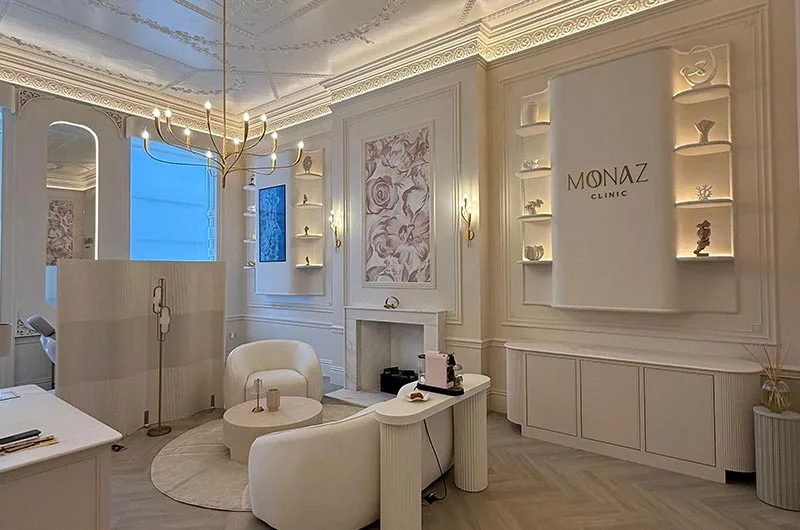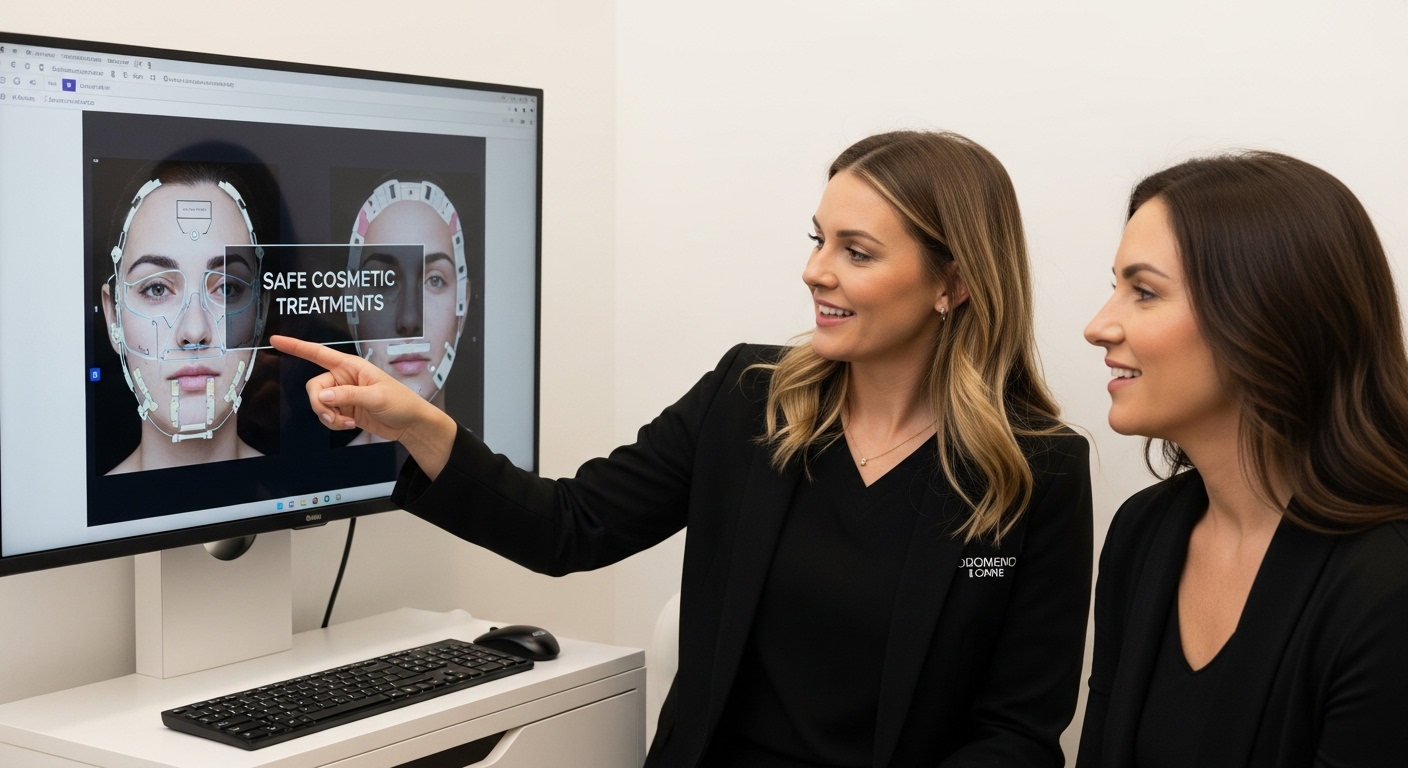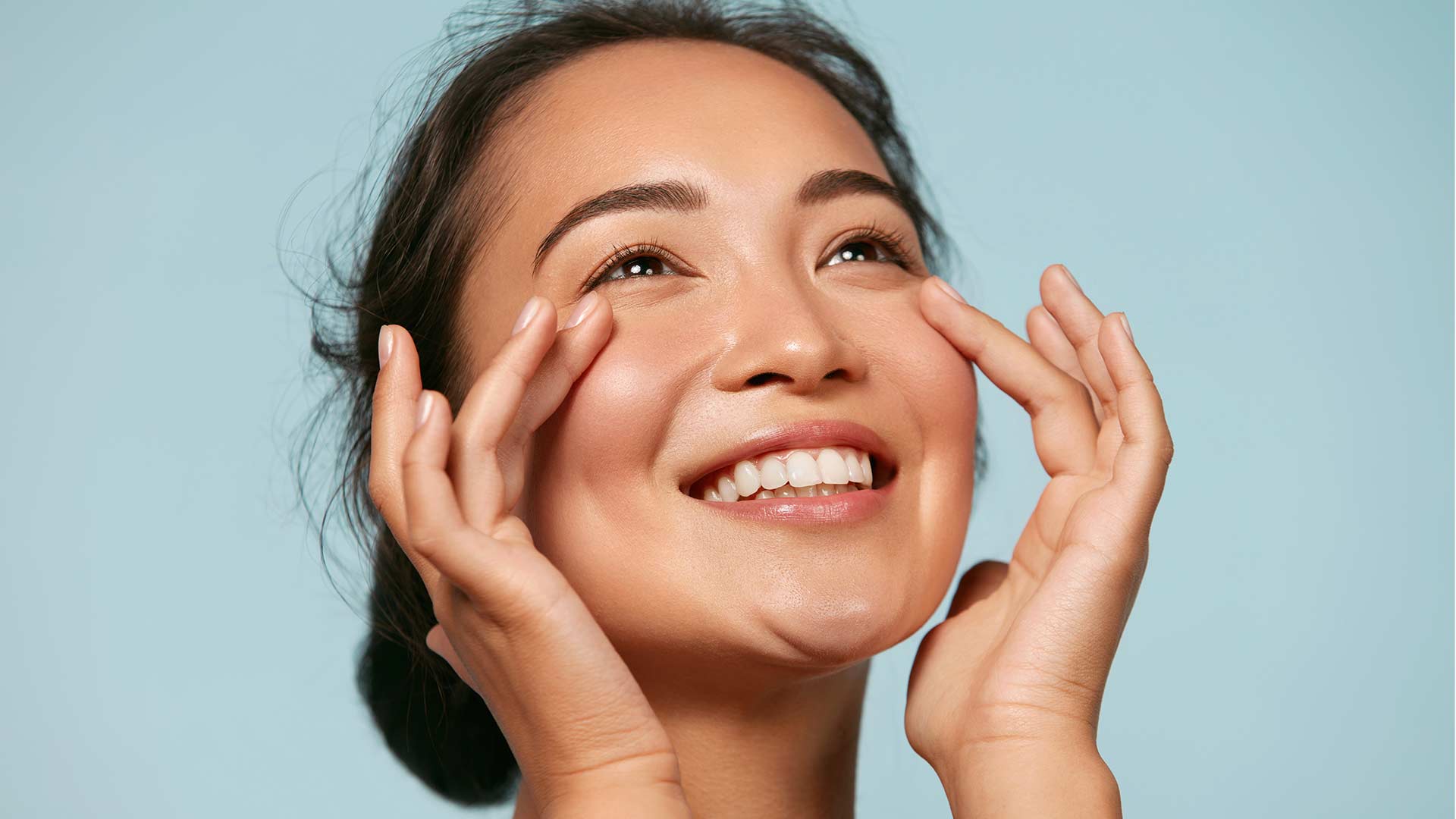Explore safe cosmetic treatments for facial aesthetics. Gain a comprehensive understanding of their importance, workings, and key concepts.
Cosmetic treatments are more popular than ever, with clinics now performing hundreds of thousands of procedures each year across the UK. You might expect advanced technology or impressive before-and-after photos to be the headline. But the real game-changer is safety, as strict regulations mean only licensed professionals using approved products can legally perform these treatments. This unexpected focus on protection is quietly reshaping the entire industry.
Table of Contents
- Defining Safe Cosmetic Treatments: Key Concepts
- The Importance of Safety in Cosmetic Procedures
- How Safe Cosmetic Treatments Work: Techniques and Technologies
- Assessing Products and Practitioners for Safe Treatments
- The Role of Regulations in Ensuring Treatment Safety
Quick Summary
| Takeaway | Explanation |
|---|---|
| Choose qualified practitioners for safety. | Ensure your cosmetic treatment is performed by licensed healthcare professionals with relevant training and experience. |
| Understand treatment risks thoroughly. | Discuss potential risks and outcomes with your practitioner, considering your health and individual skin characteristics. |
| Prioritise sterile environments for procedures. | Treatments should be conducted in clean, sterile settings to minimise the risk of infections and complications. |
| Evaluate products used in treatments. | Verify that all substances are approved and adhere to safety regulations to ensure effective and safe cosmetic results. |
| Stay informed about regulatory standards. | Familiarise yourself with laws governing cosmetic procedures to ensure patient safety and practitioner accountability. |
Defining Safe Cosmetic Treatments: Key Concepts
Safe cosmetic treatments represent a carefully regulated approach to enhancing facial aesthetics through professional, medically supervised procedures. These treatments prioritise patient safety, precision, and natural-looking results. Understanding the foundational concepts surrounding these treatments helps individuals make informed decisions about their aesthetic journey.
The Medical Foundation of Safe Treatments
Medical safety in cosmetic procedures begins with professional qualifications and rigorous training. At the core of safe cosmetic treatments are licensed healthcare professionals who possess comprehensive understanding of human anatomy, skin physiology, and treatment techniques. According to the UK government’s guidelines on cosmetic procedures, practitioners must meet strict professional standards to administer aesthetic interventions.
Key elements of medical safety in cosmetic treatments include:
- Comprehensive patient medical history assessment
- Precise understanding of individual skin characteristics
- Use of approved, regulated medical products
- Sterile treatment environments
- Detailed post-treatment care protocols
Understanding Treatment Risk Management
Risk management represents another critical aspect of safe cosmetic treatments. This involves thorough screening processes, realistic outcome discussions, and comprehensive informed consent. Practitioners must evaluate multiple factors before recommending any procedure, including:
- Patient’s overall health status
- Potential allergic reactions
- Skin sensitivity
- Existing medical conditions
- Anticipated healing capabilities
For those interested in exploring facial aesthetic options more comprehensively, our guide on choosing facial aesthetic treatments provides additional insights into making informed decisions about cosmetic procedures.
By prioritising medical expertise, patient safety, and personalised care, safe cosmetic treatments offer individuals the opportunity to enhance their natural beauty with minimal risk and maximum confidence.
The Importance of Safety in Cosmetic Procedures
Safety in cosmetic procedures represents a fundamental principle that goes beyond mere regulatory compliance. It encompasses a holistic approach to patient protection, involving medical expertise, technological precision, and comprehensive risk management strategies that safeguard an individual’s physical and psychological well-being.
Medical and Physiological Risks
Cosmetic procedures involve intricate interactions with human anatomy, requiring profound understanding of potential physiological complications. Research from the UK Health Security Agency highlights the critical need for professional oversight, particularly with treatments involving injectable substances.
Potential medical risks in cosmetic procedures include:
- Allergic reactions to treatment substances
- Infection from non-sterile environments
- Nerve damage from improper technique
- Unexpected inflammatory responses
- Long-term tissue modifications
Psychological and Ethical Considerations
Beyond physical safety, cosmetic procedures carry significant psychological implications. Ethical practitioners must ensure patients have realistic expectations and understand potential outcomes. This involves comprehensive pre-treatment consultations that explore motivations, mental health, and potential emotional impacts of aesthetic interventions.
Key psychological safety considerations include:
- Patient’s mental health status
- Realistic outcome expectations
- Potential body dysmorphia indicators
- Emotional readiness for aesthetic changes
- Long-term self-perception implications
For individuals seeking deeper insights into making informed aesthetic decisions, our comprehensive guide on facial aesthetic treatments provides essential background information.
Ultimately, safety in cosmetic procedures transcends technical proficiency. It represents a holistic commitment to patient well-being, combining medical expertise, ethical practice, and personalised care to deliver transformative yet responsible aesthetic experiences.
The following table summarises core medical and psychological risks associated with cosmetic procedures, highlighting their nature and potential impacts.
| Risk Type | Description | Potential Impact |
|---|---|---|
| Allergic Reactions | Immune response to treatment substances | Swelling, redness, possible severe reactions |
| Infection | Resulting from non-sterile environments | Localised or systemic infection risk |
| Nerve Damage | Occurs with improper technique | Numbness, tingling, loss of sensation |
| Inflammatory Response | Unexpected swelling or irritation | Pain, swelling, impaired healing |
| Tissue Modifications | Long-term changes to skin or underlying tissue | Scarring, lumps, persistent irregularities |
| Body Dysmorphia | Psychological dissatisfaction with perceived imperfections | Distress, dissatisfaction, repeated treatments |
| Unrealistic Expectations | Patients anticipate unrealistic results | Emotional distress, reduced self-esteem |
How Safe Cosmetic Treatments Work: Techniques and Technologies
Safe cosmetic treatments represent a sophisticated blend of medical science, advanced technologies, and precision techniques designed to enhance facial aesthetics while maintaining the highest standards of patient safety and well-being. These treatments leverage cutting-edge technological innovations and comprehensive medical protocols to deliver natural, refined results.
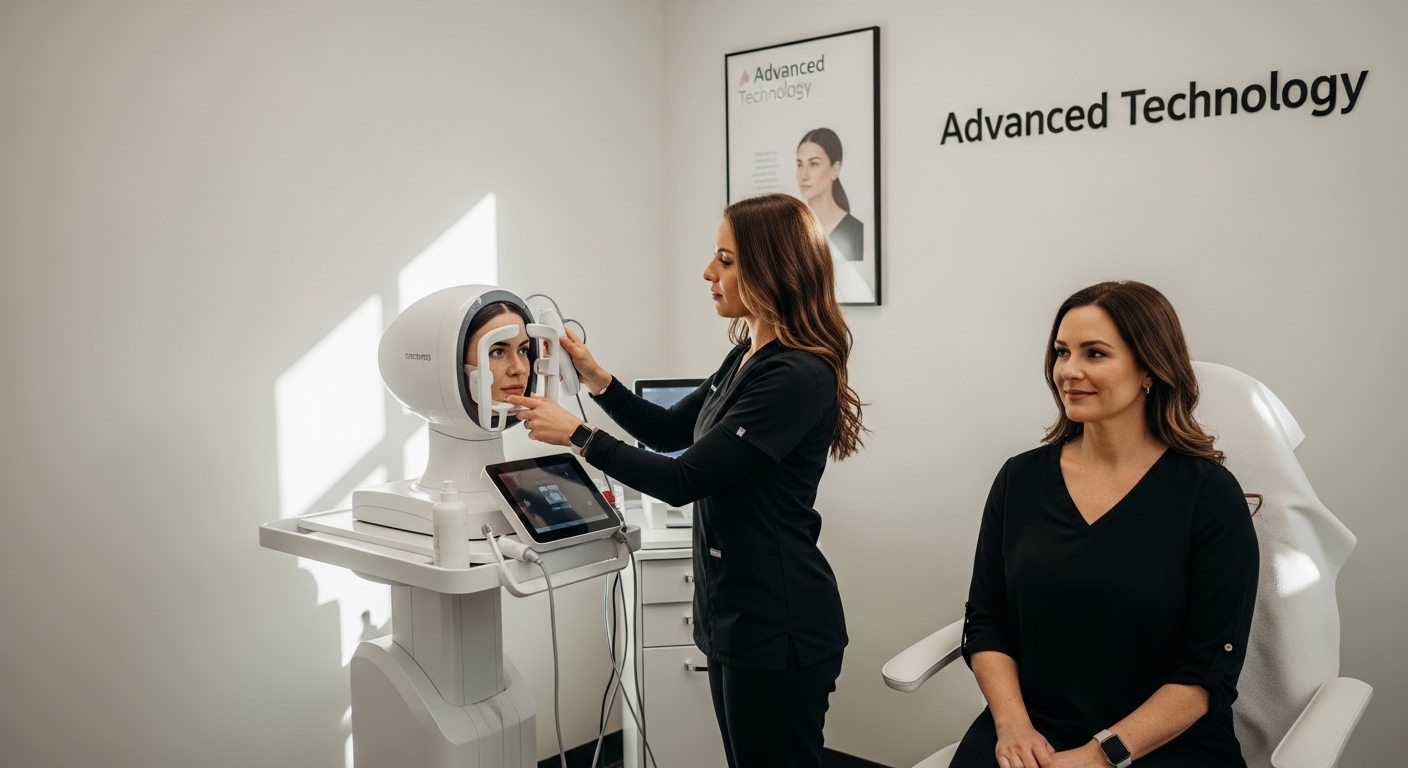
Advanced Technology in Aesthetic Interventions
Modern cosmetic treatments utilise state-of-the-art technologies that enable precise, minimally invasive interventions. Sophisticated imaging systems and advanced diagnostic tools allow practitioners to create personalised treatment plans tailored to individual facial structures and aesthetic goals.
Key technological components in safe cosmetic treatments include:
- High-resolution 3D facial mapping systems
- Precision calibration instruments
- Computer-assisted treatment planning software
- Non-invasive scanning technologies
- Real-time tissue response monitoring devices
Precision Treatment Methodologies
Professional cosmetic treatments employ nuanced methodological approaches that prioritise patient safety and optimal outcomes. According to UK government guidelines on cosmetic procedures, practitioners must demonstrate rigorous technical expertise and comprehensive understanding of human anatomy.
Critical precision methodologies involve:
- Microsurgical techniques
- Controlled substance administration
- Minimal tissue disruption strategies
- Continuous patient response evaluation
- Adaptive treatment protocols
For individuals interested in exploring non-invasive treatment options, our comprehensive guide to top facial treatments provides detailed insights into contemporary aesthetic technologies.
By integrating advanced technological capabilities with meticulous medical expertise, safe cosmetic treatments offer transformative aesthetic experiences that respect individual physiological uniqueness and prioritise patient well-being.
Assessing Products and Practitioners for Safe Treatments
Selecting appropriate cosmetic treatments involves a comprehensive evaluation of both medical practitioners and the products they utilise. This critical assessment process protects patients from potential risks and ensures high-quality, safe aesthetic interventions that deliver natural, desired results.
Evaluating Practitioner Credentials
The foundation of safe cosmetic treatments lies in the professional qualifications and expertise of the practitioner. Medical credentials serve as the primary indicator of a practitioner’s competence and reliability. According to NICE guidelines, practitioners must demonstrate rigorous training, specialised certification, and ongoing professional development in aesthetic medicine.
Key credentials to verify include:
![]()
- Current medical registration status
- Specialist aesthetic medicine qualifications
- Professional insurance coverage
- Continuous professional development records
- Specific training in advanced aesthetic techniques
Product Safety and Regulatory Compliance
Beyond practitioner expertise, the safety of cosmetic treatments depends critically on the quality and regulatory status of medical products. Patients must understand the importance of using licensed, approved substances administered through standardised protocols.
Critical product assessment factors include:
- Regulatory approval from medical authorities
- Detailed ingredient composition
- Clinical testing and research background
- Potential side effect profiles
- Manufacturing and sterility standards
For individuals seeking comprehensive guidance on preparing for aesthetic consultations, our essential tips for aesthetic consultation provide valuable insights into making informed treatment decisions.
Ultimately, patient safety emerges from a meticulous approach that combines thorough practitioner evaluation, rigorous product standards, and a commitment to personalised, ethical aesthetic care.
The Role of Regulations in Ensuring Treatment Safety
Regulatory frameworks serve as the critical backbone of patient protection in cosmetic treatments, establishing comprehensive standards that safeguard individual health and maintain professional integrity within aesthetic medicine. These meticulously designed guidelines create a structured approach to minimising risks and ensuring consistent, high-quality patient care.
Legislative Protection Mechanisms
UK regulatory systems provide multilayered protection through intricate legal and professional standards. Comprehensive legislation governs every aspect of cosmetic treatments, from practitioner qualifications to product approvals. According to NHS guidelines, these regulations are designed to protect patients from potential medical risks and unqualified interventions.
Key legislative protection elements include:
This table provides a concise overview of the essential elements of UK regulatory protection mechanisms related to safe cosmetic treatments.
| Element | Description |
|---|---|
| Professional Registration | Practitioners must be officially registered to practise |
| Medical Training Certification | Completion of certified medical aesthetic training |
| Professional Indemnity Insurance | Mandatory insurance coverage for practitioners |
| Performance and Competency Assessments | Regular evaluations to ensure ongoing proficiency |
| Complaint and Disciplinary Mechanisms | Transparent processes for managing concerns or breaches |
- Mandatory professional registration requirements
- Strict medical training certification processes
- Mandatory professional indemnity insurance
- Regular performance and competency assessments
- Transparent complaint and disciplinary mechanisms
Regulatory Oversight and Compliance Standards
Regulatory bodies establish rigorous compliance standards that practitioners must consistently meet. These standards encompass not just medical knowledge, but also ethical practice, patient communication, and ongoing professional development. The goal is to create an ecosystem of continuous improvement and patient-centric care.
Critical regulatory compliance components involve:
- Detailed treatment protocol documentation
- Comprehensive patient consent procedures
- Mandatory risk assessment frameworks
- Continuous professional education requirements
- Transparent reporting of treatment outcomes
For individuals seeking deeper insights into navigating aesthetic treatments safely, our comprehensive guide on facial aesthetic treatments offers valuable guidance.
Ultimately, regulations transform cosmetic treatments from potential risks into structured, safe medical interventions that prioritise patient well-being through systematic, evidence-based approaches.
Discover Safer Facial Aesthetic Solutions Tailored for You
If you are anxious about the safety, professionalism or outcomes of non-surgical cosmetic treatments, you are not alone. This article has explained the importance of choosing highly qualified practitioners, understanding advanced techniques, and ensuring that treatments meet strict medical standards. At Monaz Clinic, we focus on your peace of mind by balancing artistry with established medical protocols. Explore our expert guidance and practical advice on top tips for safe cosmetic treatments designed just for women seeking trusted results in London.
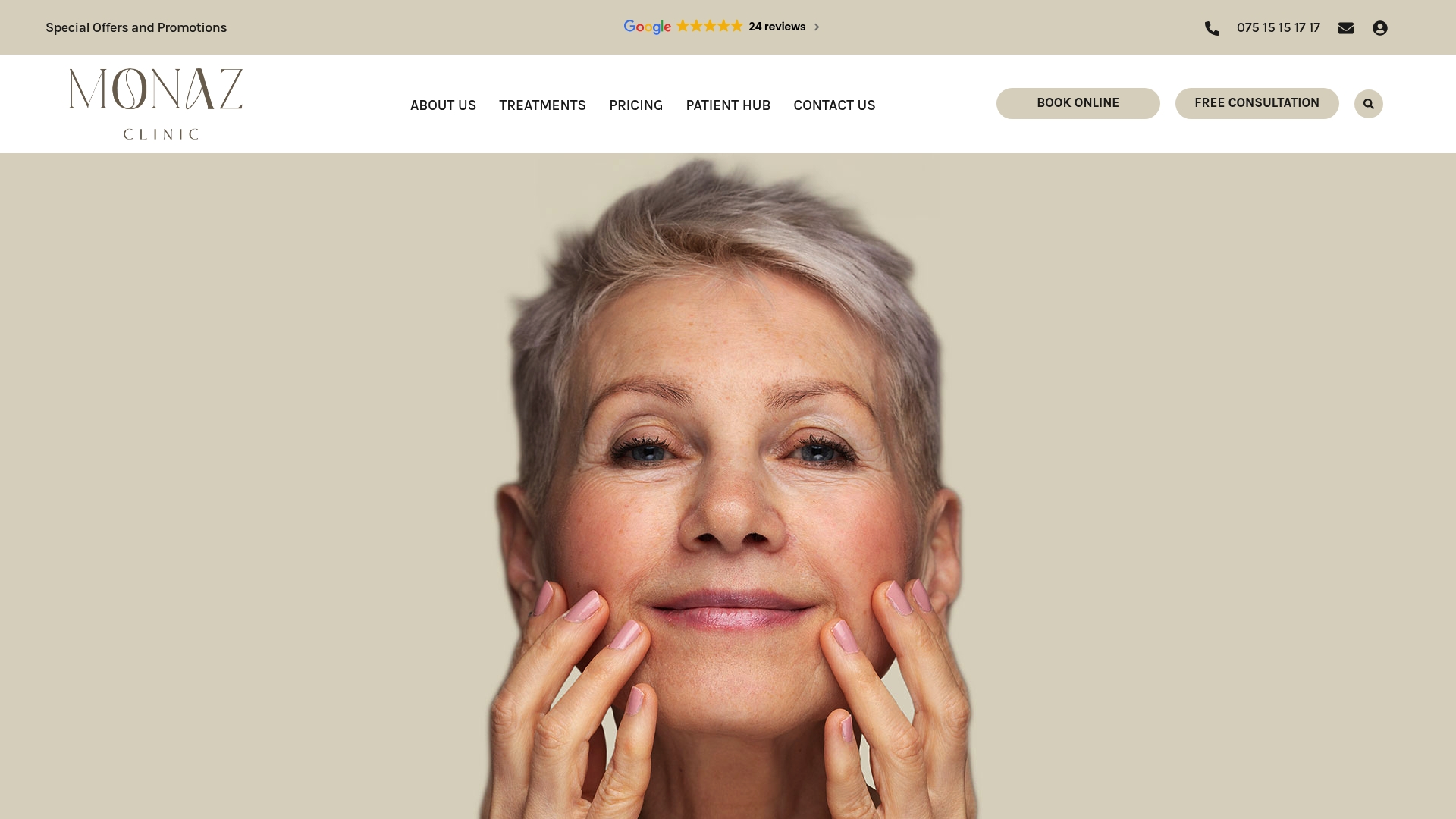
Now is the perfect moment to trust your facial aesthetics to a Harley Street clinic with over two centuries of medical heritage. Experience the difference that comes from award-winning products, a one-on-one approach, and transparent advice. Book your complimentary consultation today at Monaz Clinic and take the first step to revealing your best self.
Frequently Asked Questions
What are safe cosmetic treatments?
Safe cosmetic treatments refer to medically supervised procedures designed to enhance facial aesthetics while prioritising patient safety and achieving natural-looking results.
Who performs safe cosmetic treatments?
Licensed healthcare professionals, such as dermatologists or certified aesthetic practitioners, perform safe cosmetic treatments, ensuring comprehensive knowledge of human anatomy and skin physiology.
What should I look for in a practitioner for cosmetic treatments?
Look for current medical registration, specialised aesthetic qualifications, professional insurance, and a record of continuous professional development to assess a practitioner’s credentials.
How do regulatory frameworks ensure safety in cosmetic procedures?
Regulatory frameworks establish comprehensive standards for practitioner qualifications, treatment protocols, and product approvals, ensuring patient protection and maintaining professional integrity in cosmetic treatments.
Recommended
- 7 Top Non-Invasive Treatments for Facial Aesthetics – Monaz Clinic London
- How to Choose Facial Aesthetic Treatments for Stunning Results – Monaz Clinic London
- What is Aesthetic Treatment? Understanding its Benefits – Monaz Clinic London
- 7 Most Popular Facial Treatments for Radiant Skin – Monaz Clinic London
